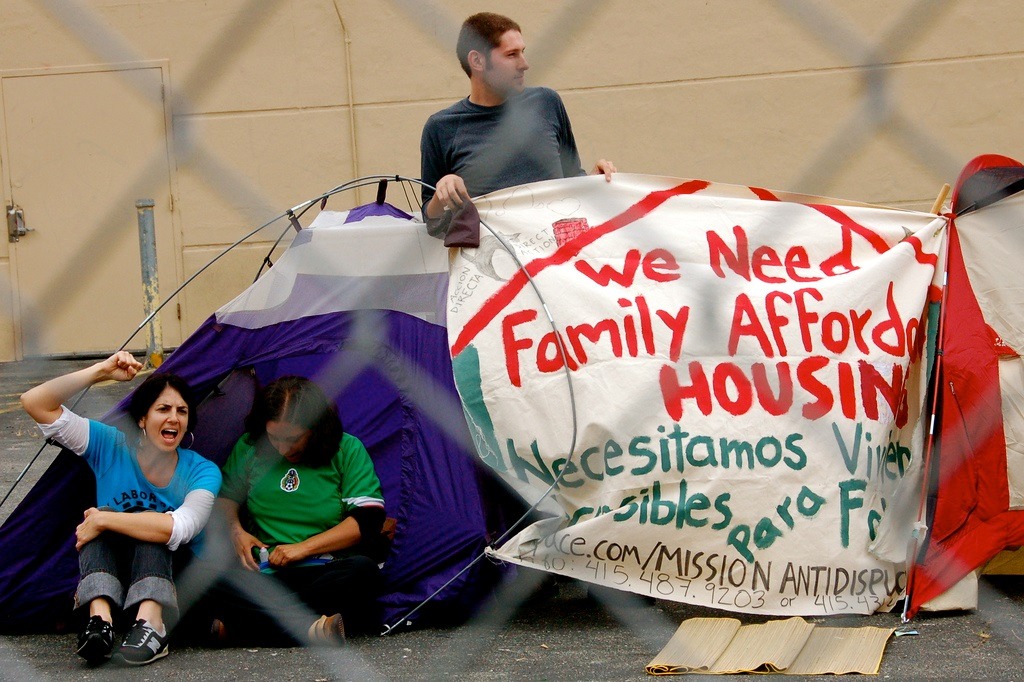
July 27, 2015; Times-Picayune
In the absence of a significant commitment of federal dollars to the generation of new affordable housing to meet burgeoning demand nationwide, communities may wish to look to the model being proposed by the Greater New Orleans Fair Housing Action Center. This model induces private developers to set aside units for lower income occupants by allowing greater density. The challenge in New Orleans is the loss of affordable housing due to gentrification, so the Fair Housing Action Center is proposing, in collaboration with the New Orleans City Planning Commission, to provide, among other incentives, increased densities, in exchange for lower income set-asides. The proposed rule would apply to any part of the city that currently allows multifamily units, meaning that the zoning would increase affordable housing development opportunities throughout the city.
“If we want long-term residents—the drivers of our cultural and service economy—to be able to live in the neighborhoods that have been home for generations, then we need to solve our affordability crisis, and that will take all the tools at the City’s disposal, including zoning-based initiatives,” said Cashuana Hill, the director of the Action Center, in a written statement. A report from the Center indicates that 58% of renters in New Orleans pay more than 30% of their income toward housing, the threshold definition of being cost-burdened. Renters who aren’t necessarily poor—that is, with incomes between $35,000 and $75,000—are still cost-burdened, with 44% paying more than 30% of monthly income for housing costs.
The problem is, given our national inability to generate much support for affordable housing production, it is unclear whether the incentive of allowing market-rate developers to put more units in smaller lots will achieve all that much. According to Robert McClendon, who reported on the new zoning for the Times-Picayune, Planning Commission staff are concerned that the new zoning rule “might not be broad enough to be effective,” especially if other zoning limitations—building height, floor-area ratio, etc.—don’t change.
When it comes to the affordable housing crisis, desperate times call for tough measures. Offering a density bonus to market-rate developers in return for affordable housing may not be a solution, but choosing not to pursue this kind of incentive for market-rate developers simply means more high-end housing with no benefit for lower income renters.
Sign up for our free newsletters
Subscribe to NPQ's newsletters to have our top stories delivered directly to your inbox.
By signing up, you agree to our privacy policy and terms of use, and to receive messages from NPQ and our partners.
As logical as the inclusionary zoning/density bonus strategy may be, many cities still fight against the idea. For example, in Encinitas, California, the city council has been concerned about possible inclusionary zoning language that would allow new density bonus developments located near transportation hubs to face reduced off-street parking requirements—though that and other technical objections to the specifics of the density bonus rules seem to have been motivated less by concerns about the effectiveness of the developer incentives and more by resident opposition to increasing residential densities.
In some cities, developers can pay their way out of affordable housing set-asides by making cash payments for the creation of off-site lower income units. In New York City, where two super-luxury apartment buildings are planned (as the tallest residential buildings in the city—taller than the Chrysler Building), this issue is in play. The buildings will be constructed on so-called “Billionaires’ Row,” and cash payments will subsidize the development of 23 of 37 affordable units being developed by Friends House. The affordable units will be between 300 and 326 s.f. and will rent for $1,159 a month. In comparison, in one of the Billionaires’ Row towers, there will be 60 super-luxury units, including eight multimillion-dollar duplexes ranging from 5,000 to 6,500 s.f. Members of Community Planning Board 5 are concerned that the cash payments by the Billionaires’ Row developer are insufficient given the affordable housing need.
In many cases, there are municipal needs that compete with and sometimes contradict affordable housing priorities. For example, in Austin, Texas, the market-rate developer of a 39-story, 154-unit luxury condominium project will make a $320,000 payment to the city as an alternative to providing on-site affordable housing in development (which is receiving a density bonus), plus a $75,000 contribution to the nonprofit Shoal Creek Conservancy for its efforts to enhance a creek that runs into Austin’s Lady Bird Lake. Should the developer’s contribution to the Conservancy have been part of the deal? Should it have been closer to a $400,000 payment, exclusively for affordable housing? Given that the condo units will be marketed at $500,000 and up, the $320,000 affordable housing payment looks pretty paltry.
Maybe the challenge for New Orleans, New York, Encinitas, and Austin (and all other cities) is to calculate their current and projected affordable housing preservation and development needs and make affirmative plans for having those needs met—not just from developer incentives but also through housing trust funds tapping local general funds and federal dollars, exactions on commercial development, building on municipality-owned land, and generating programs to hold down the rents on affordable units so that they don’t become priced out of the reach of lower income tenants. Even with all of that, however, the federal government has to come to the table. It may be time for nonprofits and local government officials to join together to tell the bevy of current presidential candidates what they are doing to generate more affordable housing and demand to get answers from the prospective presidents about what they will do to help meet the affordable housing needs of New Orleans and elsewhere.—Rick Cohen













